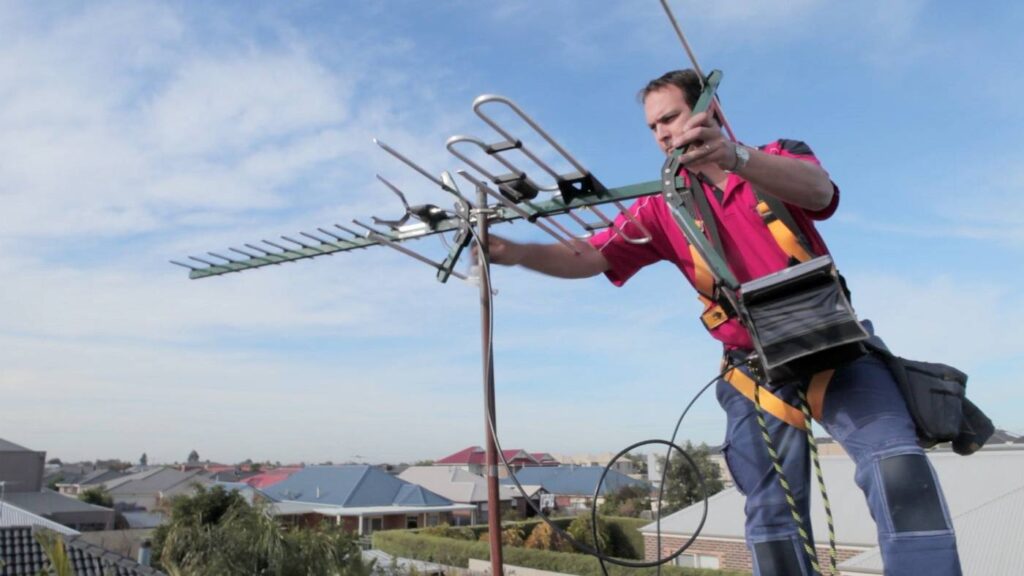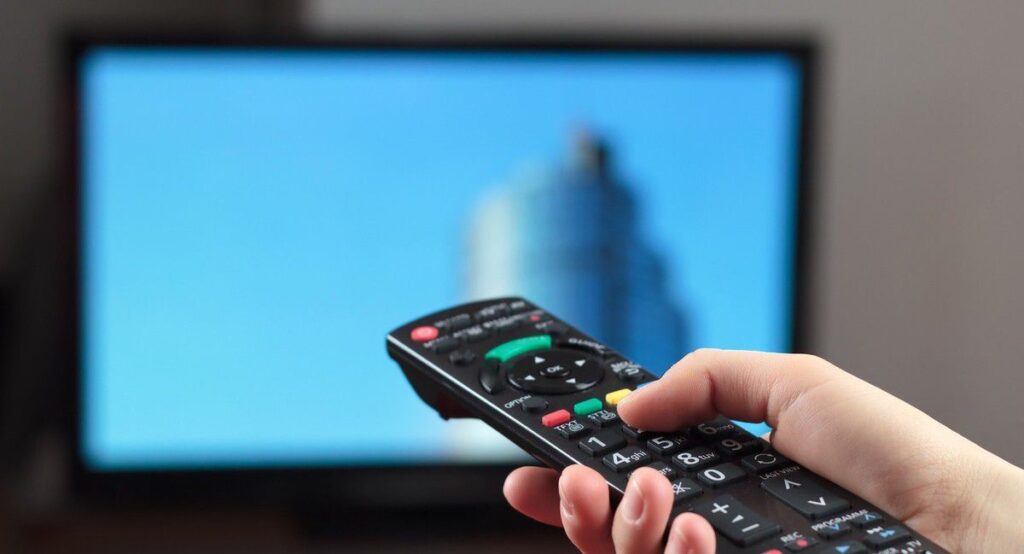
7 Most Common TV Aerial Problems and How to Avoid Them in 2020
July 14, 2020Everyone experiences problems with their TV reception, and most of them get fixed on their own. The most common issues are pixeling and white noise, and they commonly happen because of the provider. However, if the problem persists after a few hours, or after a day, it means that something is wrong with your aerial equipment.
Here we are going to tell you more about the most common issues, and help you learn how to avoid them. We will also give you some tips on how to fix the things that can easily be fixed. If you notice that nothing is helping and that the issue is still there after checking everything on this list, you should call your provider or a third-party professional service.
1. Bad signal

Source: worten.es
The most common issue people report is having a bad reception and a poor signal. That can lead to channels not showing, white noise, and pixels showing on your TV. This can be a huge issue, especially if you are trying to watch the news or your favorite sports match.
The good thing is that there are a lot of things you can do to fix this problem. You should first check if the aerial is working properly, and check to see if your TV is receiving the signals. Check the amplifier, cables, and all the bolts. Now we are going to talk about these problems separately and what you can do to avoid them.
2. Faulty Cables
The first thing you want to do is to check the cables. Old wiring can easily lead to poor reception. Make sure that the cables you are using are not bent or snatched at some places. If you can see the wires that are in the cable, you have to carefully remove and replace it.
3. Bad positioning

Source: jimsantennas.com.au
If the cables are all in good condition, then you should try moving the aerial. If you are using an indoor device, then you should put it near your window and as high as possible. Try to mount it near the ceiling and see if that fixes the problem.
The next thing you should do is check and see how many electronic devices are near the unit. They can cause interference, so try and put them as far away from the aerial as possible. You should also turn the antenna so it is in the direction of the provider’s broadcasting tower.
You should always learn more about the right type of antenna for your household, find out the specific type you need, and according to that information, you should position it properly.
4. Amplifier now working
To avoid this common problem, you should be careful about which type of aerial you are purchasing. Some devices come with a built-in amplifier, but it is a risk to get one like that. Some users report that the antennas that come with a signal strengthener are not as good as the ones without.
Talk to the seller and see if they have a model that will work properly. Experts suggest that if you are having a bad signal reception you should turn the amplifier off. This can easily fix the issue. Or turn it back on. Combine these tests with the antenna repositioning.
5. TV issues

Source: over-blog.com
Sometimes the aerial is not the main problem. Your TV may be old or you just didn’t plug everything in, in the right way.
If you notice the reception issues soon after you install the antenna, then the television might be the issue. Check to see if everything is plugged in correctly and see if you put everything in the right place. If the problem occurs a long time after you install the aerial, then something may have gotten loose, or your TV broke. Check it with different devices and if the problem persists, and it’s not the TV, try some of the other solutions. And if you need to replace your TV and simply upgrade, read more information here.
6. Faulty gear
When installing your aerial equipment, you should check every little screw and bolt. The connections may easily get damaged or become loose if you don’t use the right things.
To avoid this issue, you should always invest in brand new gear, tools, and equipment. This may cost you a little bit more than just purchasing the antenna, but in the long run, it will save you a lot of time and money.
7. Old antenna

Source: tvsolutions.com.au
Last but not least, the issues you are facing may be because of the antenna. To avoid this, you should never get a second-hand unit, no matter how good the deal seems to be. Unless you plan just to borrow the device from your friends or family until you purchase a new one, you should never install an old aerial in your home.
The signal interruptions may also happen because you chose the wrong type for your location. If you live in an area that does not have a lot of broadcasting towers nearby, you need a model that will amplify and intercept even the weakest signals. On the other hand, if you live near a lot of houses or in an apartment building, then you need a model that will stop other signals from interfering.
Talk to the provider before choosing the right unit for you, and don’t ever buy an old device.
These are some of the most common aerial problems that may cause a bad signal, white noise, or channel interruption. Most of these things you can check and even fix on your own. Don’t call the service as soon as you notice an issue. The first thing you want to do is wait because maybe the weather is causing issues. Retune your TV and see if that fixes the problem.
If those are not the issues, then you should follow our list and see how you can get things fixed. Always be careful when switching to a new provider, and if you don’t think you can install the whole equipment on your own, you should ask for help from a professional service.


